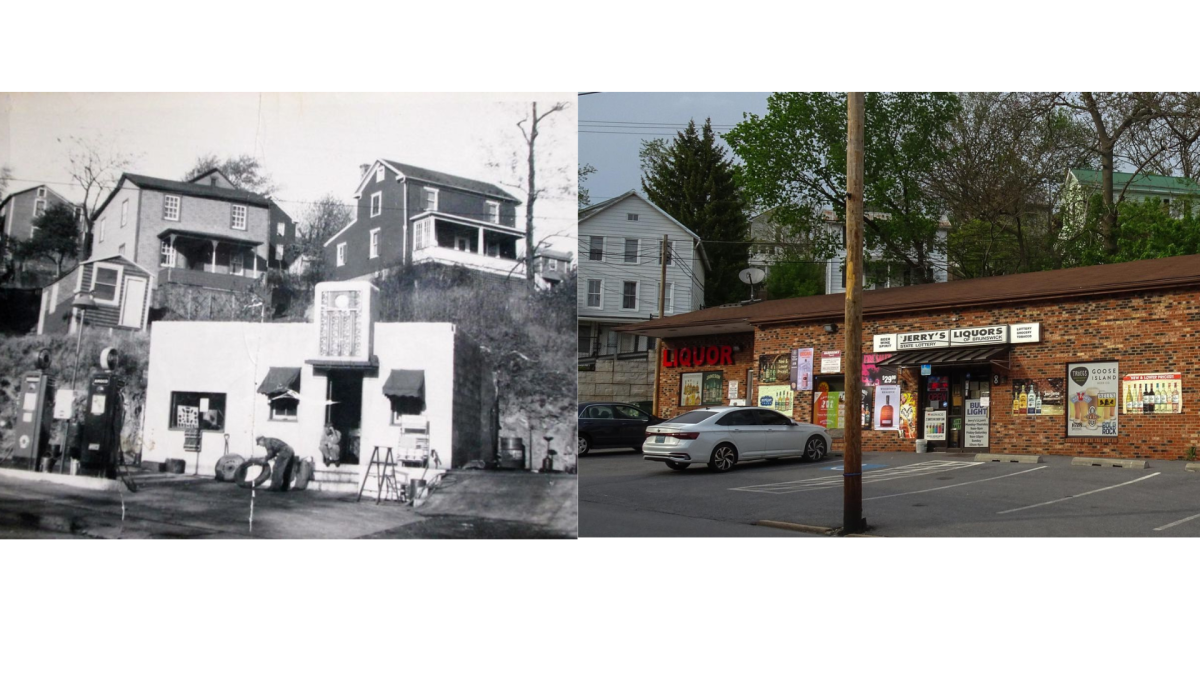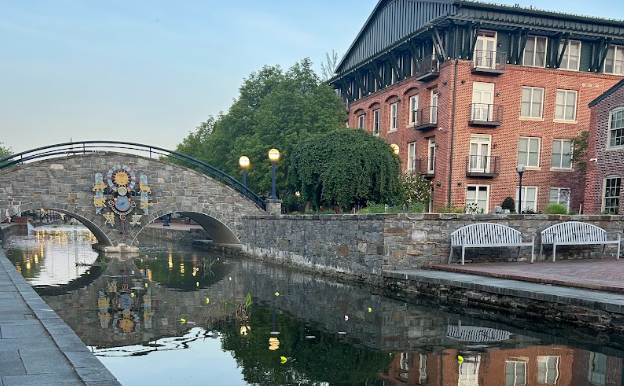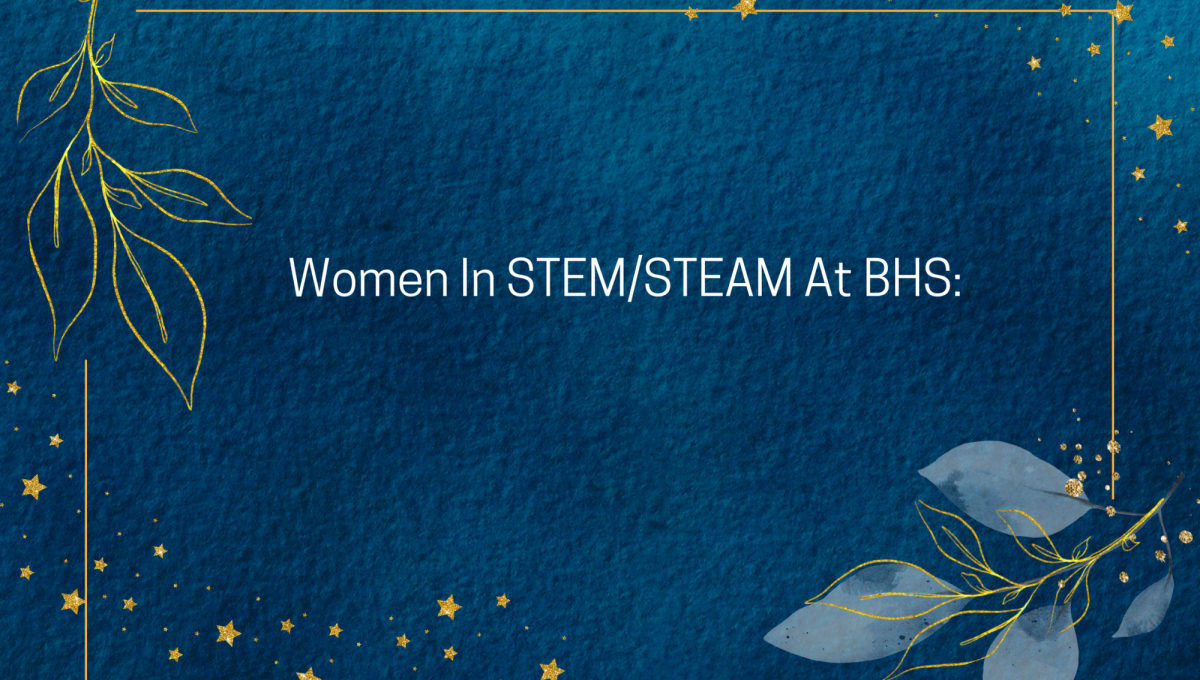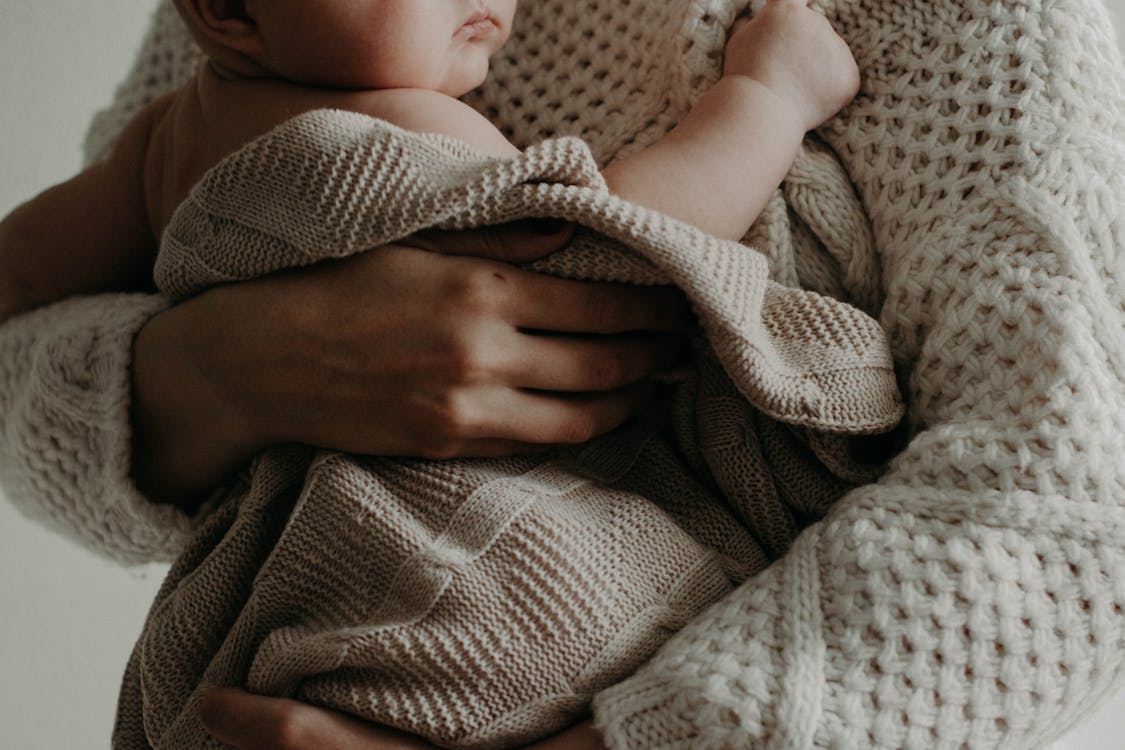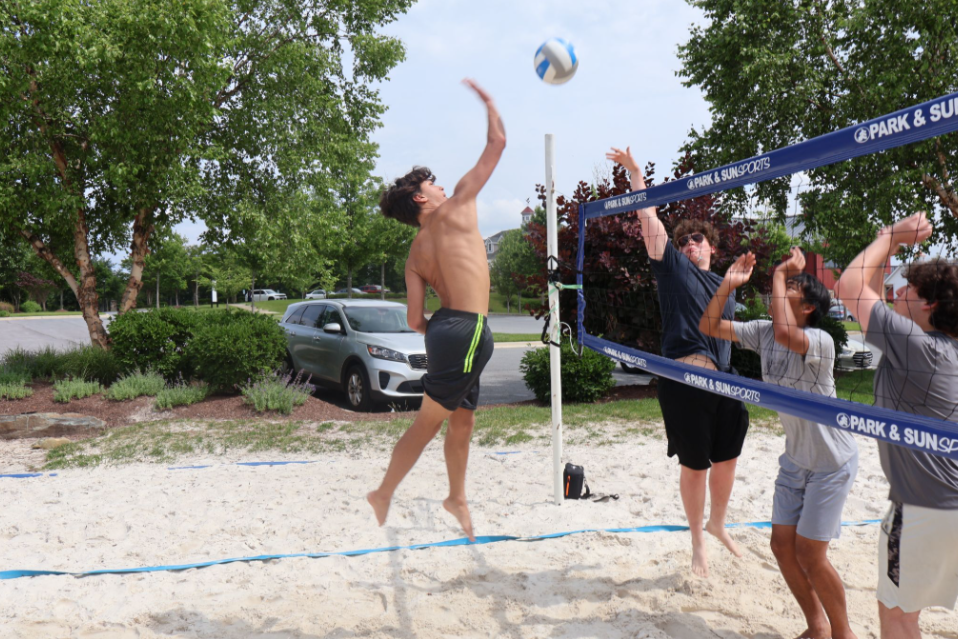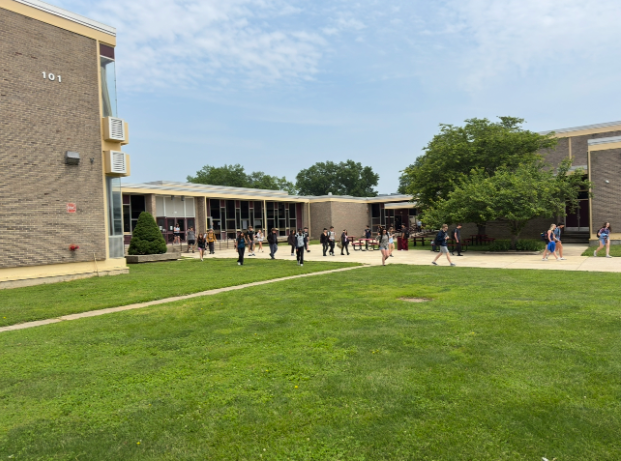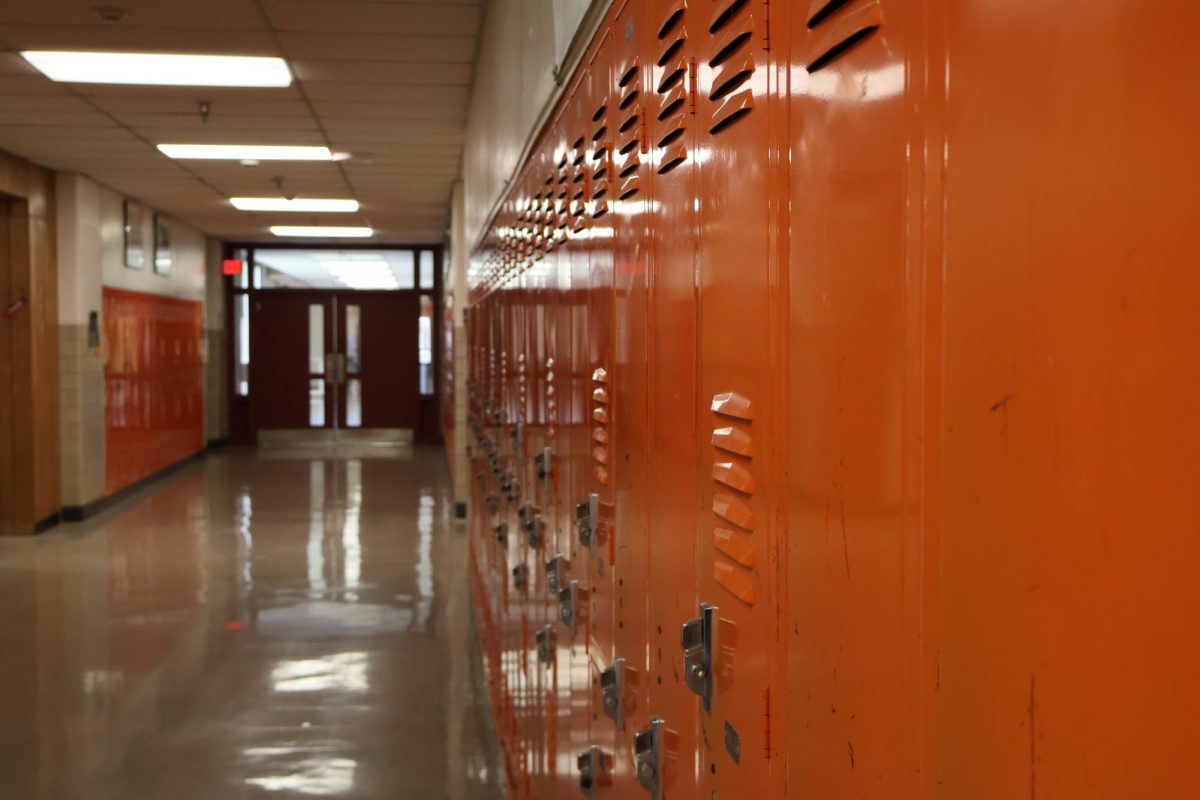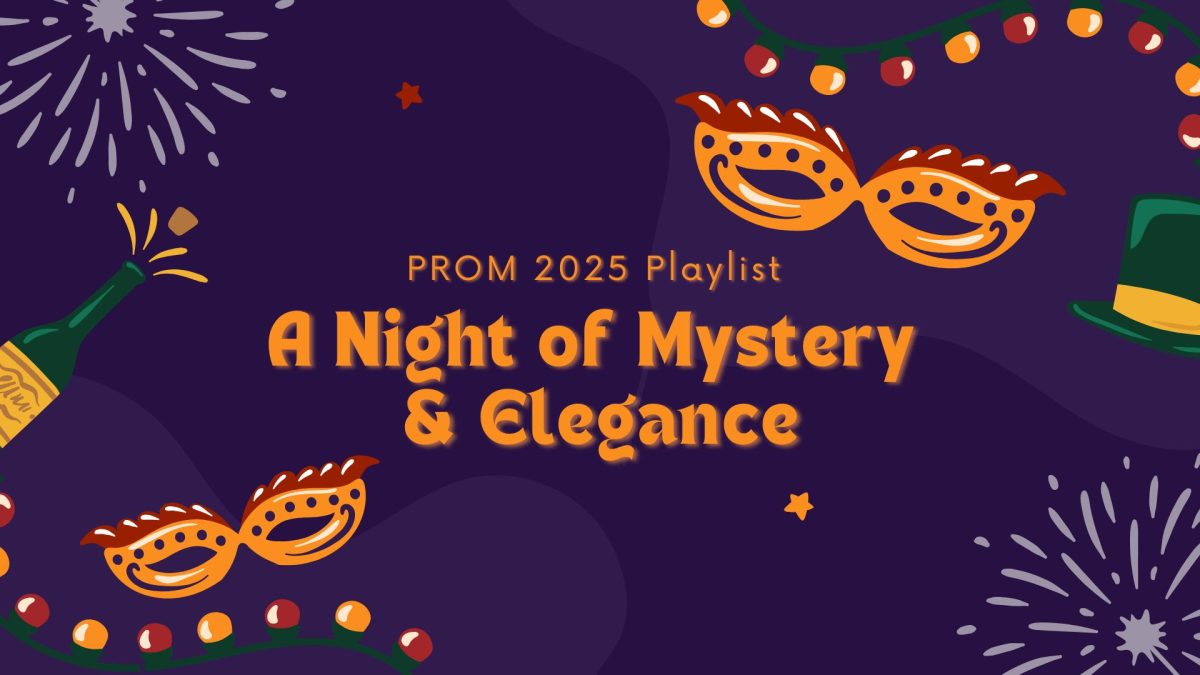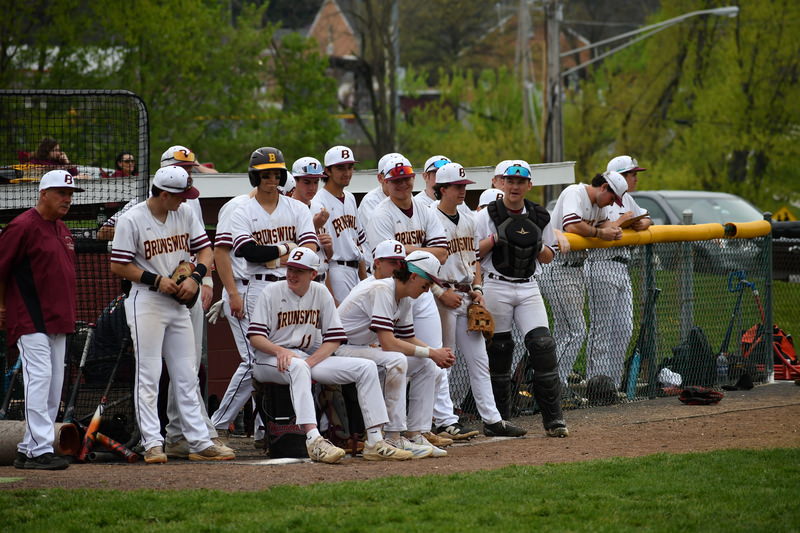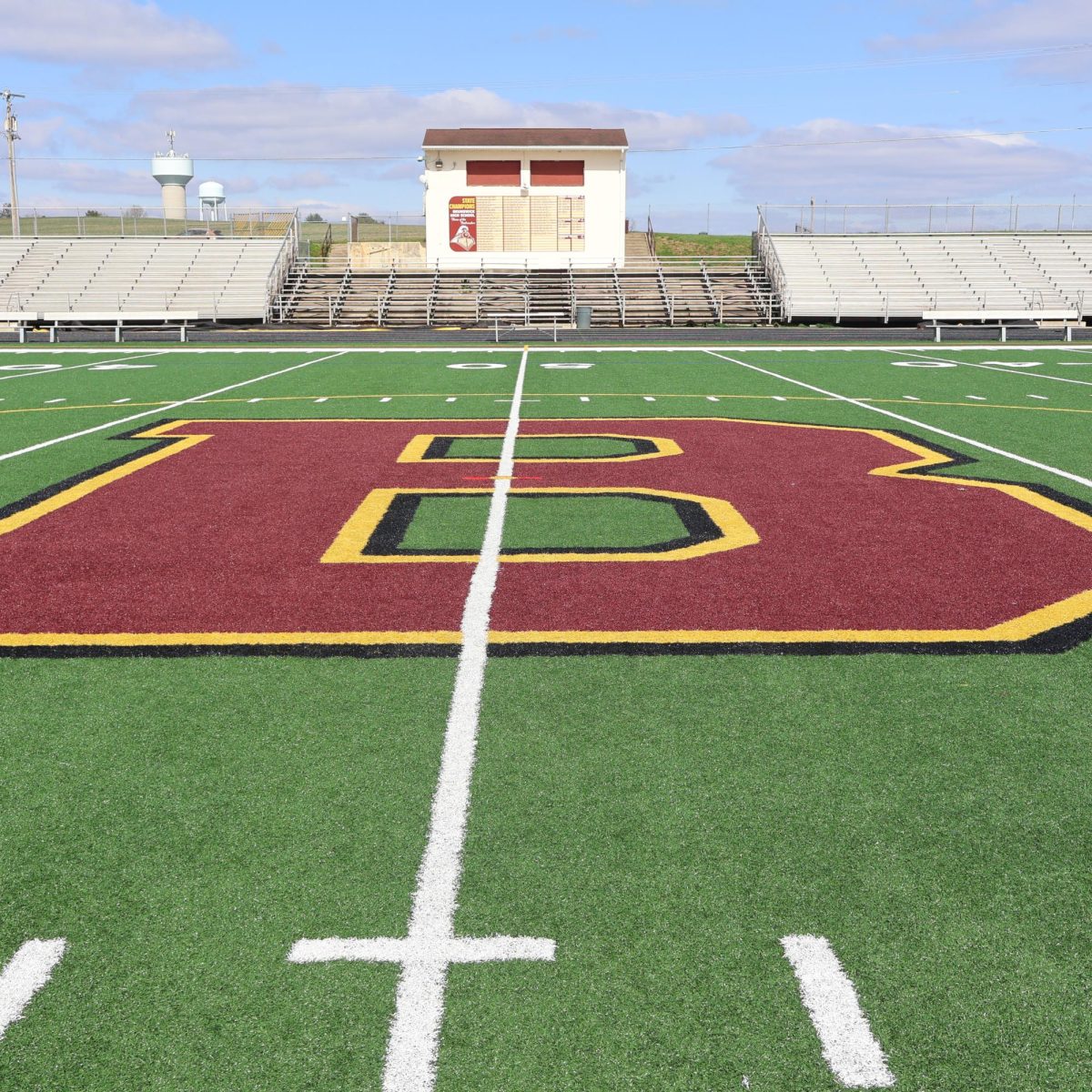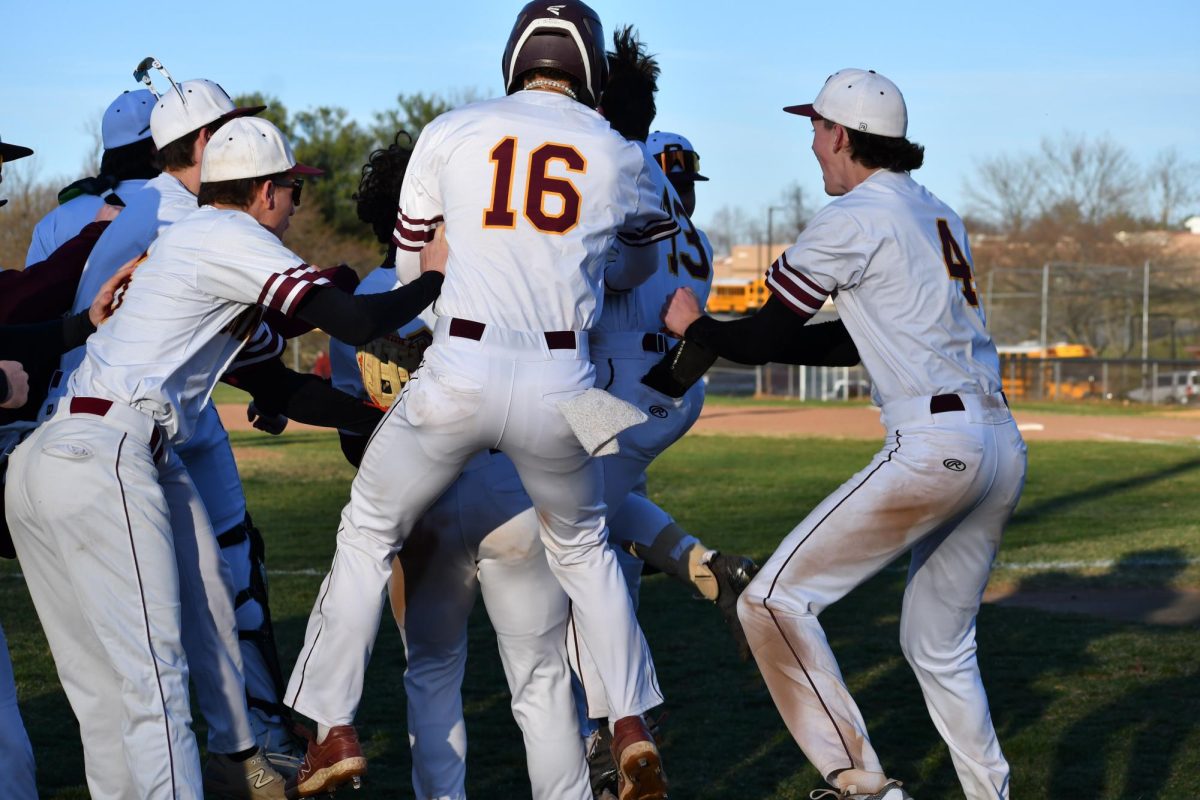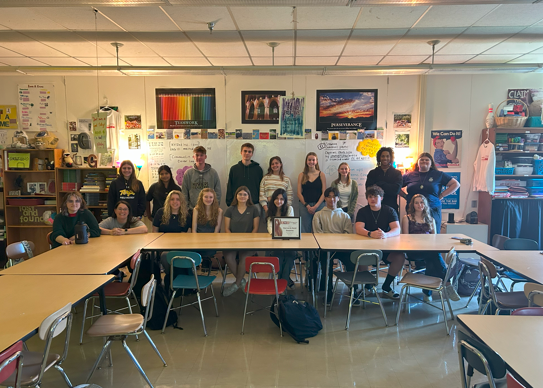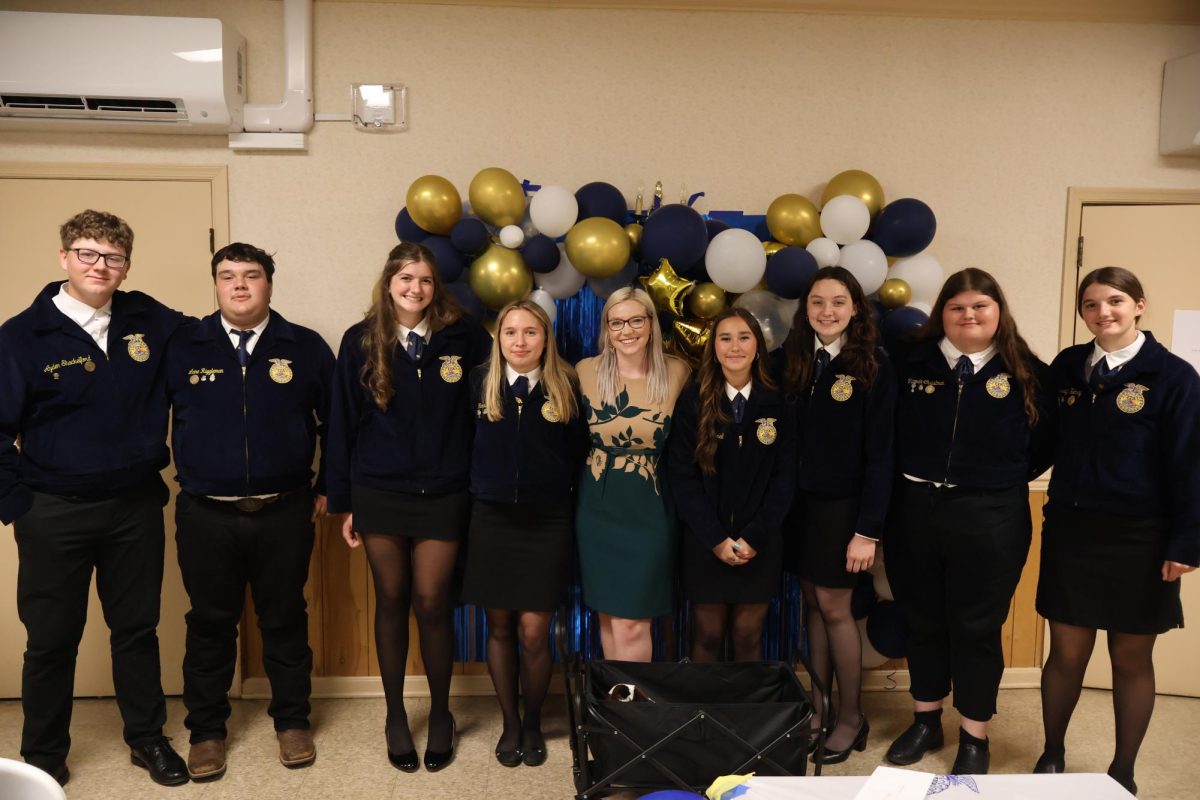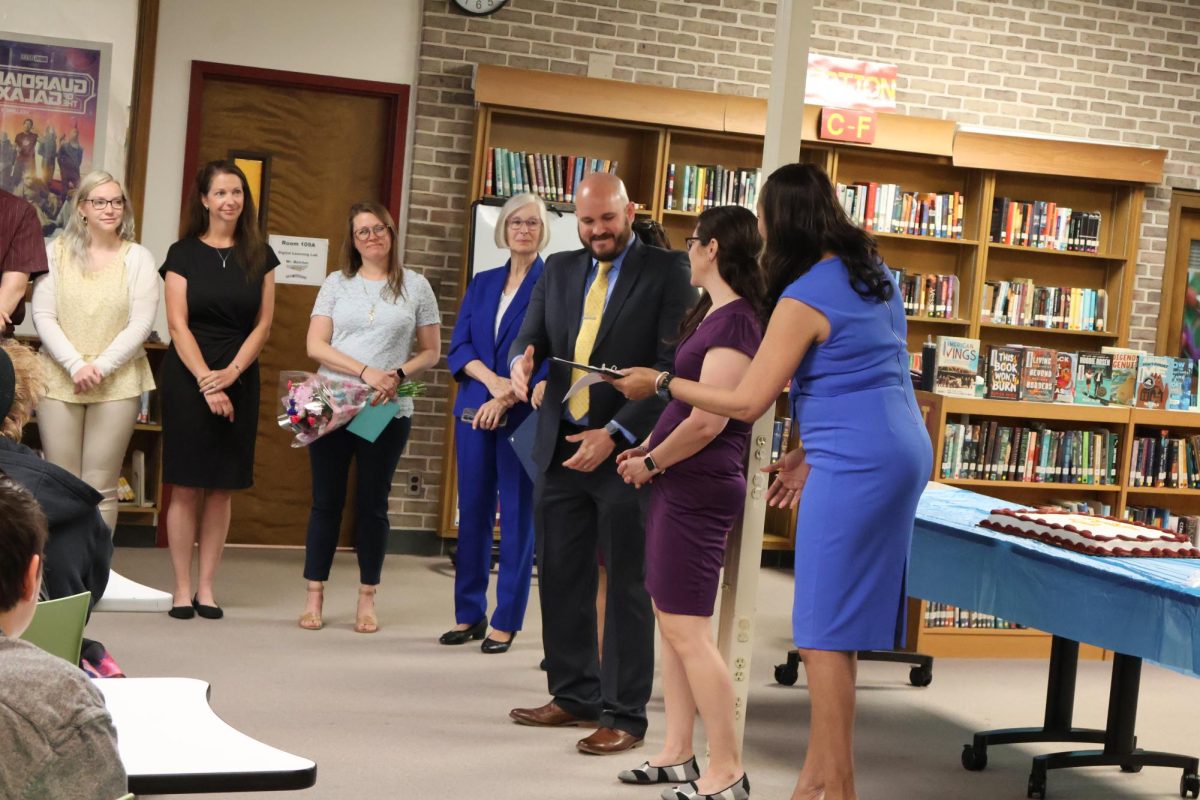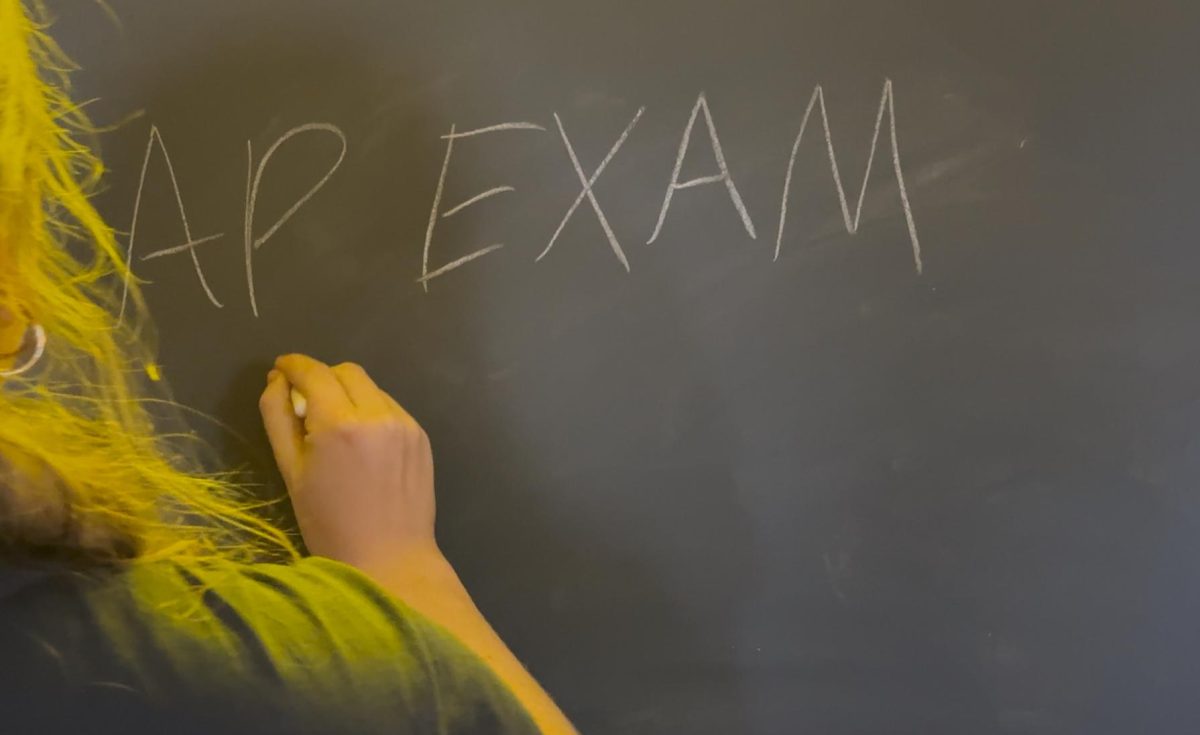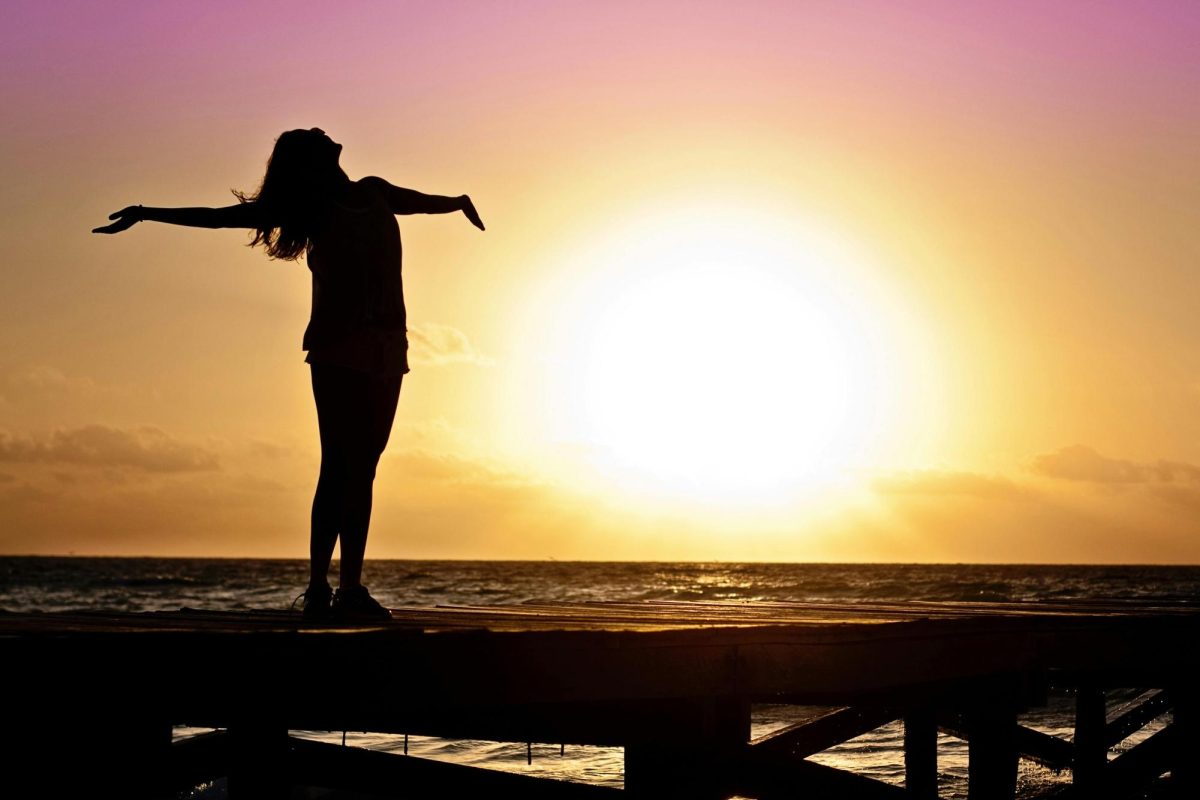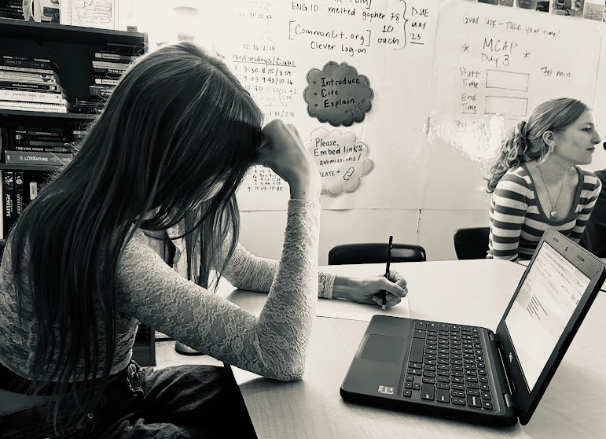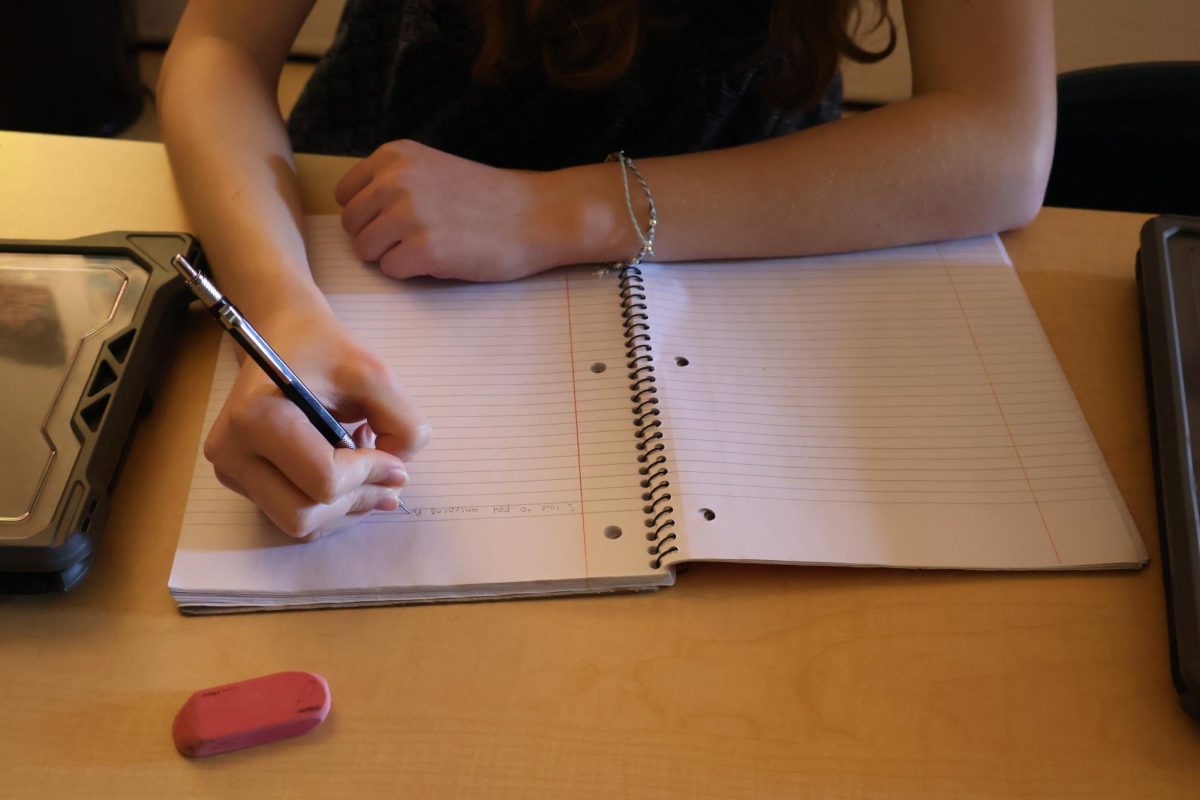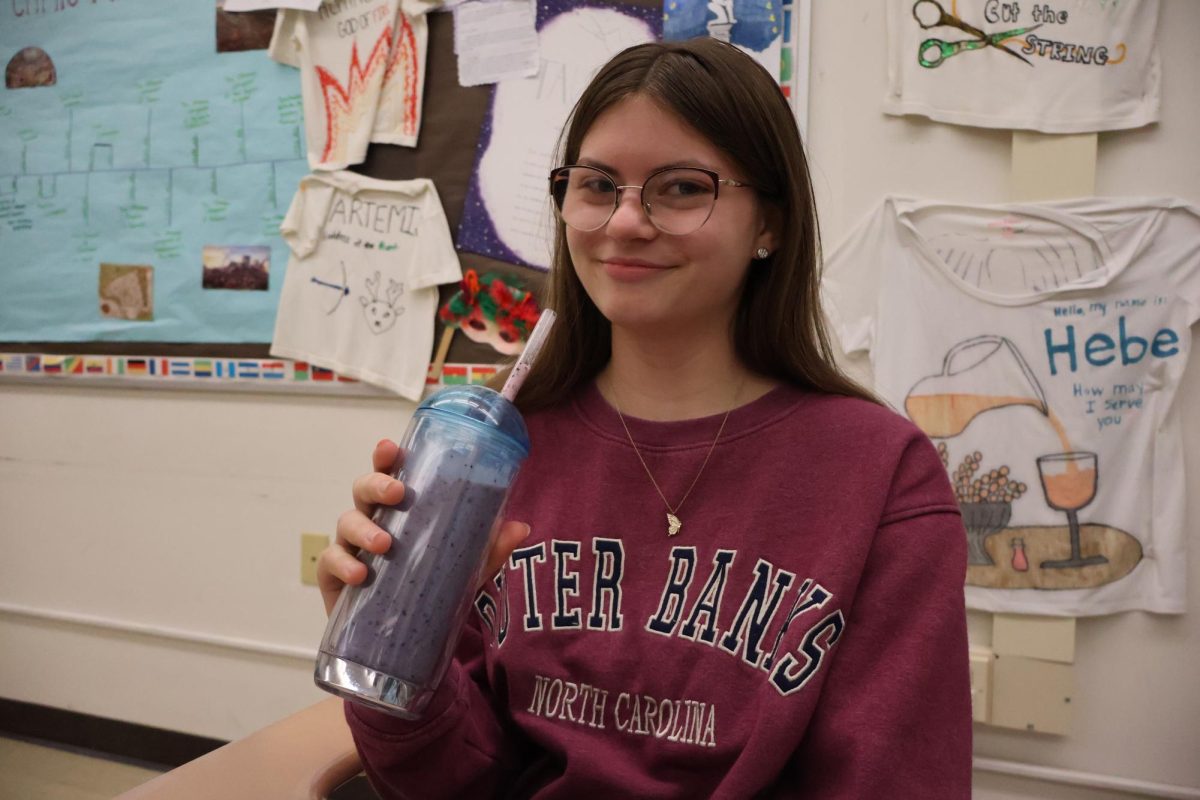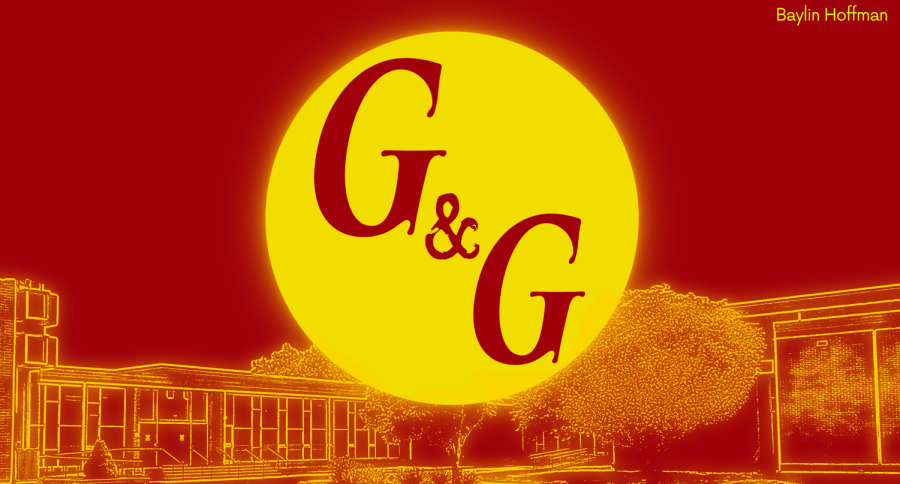Has The World Catered Us To See The Worst?
The Real, The Bad, & The Ugly
You grow up and hear the news stories, showing the villains and the evil in the world—we jump to find potential threats in order to survive. It’s human nature. Media platforms show these things to provide a feeling of caution and heightened sense around the dangers in our society. Once confirming something as a possible threat or issue among us, we seek ways to confirm our beliefs.
Us as humans are inherently wired to retain the negative over the positive.
The negative events are remembered as more salient to people. This connects to why news broadcasters focus on negative stories. Negative and very dark stories draw in more attention from viewers. This follows the reaction of something being “so gross you can’t look away,” as people are drawn to the bad ad the ugly.
Our lives are spent teaching us to always be cautious and weary of things.
“Don’t trust strangers,” generally embodies the message we’re taught. Unfamiliar things or something we don’t know well are naturally judged and picked apart in our minds to first find the flaws in them. We chase the potential threats and negative outcomes from things because that’s just what we we’re raised from. All forms of news look for the latest scandal to use and pick apart someone’s life. It’s just the way the world is…
Social media algorithms tend to prioritize sensational and emotionally charged content, which often includes negative or divisive topics. This can lead to a skewed perception of the world, where we are more likely to be exposed to negative news and opinions. Many refer to this phenomenon as the “Negativity Bias.”
Overall, the combination of media coverage, social media algorithms, and our own cognitive biases can contribute to a perception of the world as a negative and dangerous place, even if positive and good things happen all around us.
Your donation will support the student journalists of Brunswick High School. Your contribution will allow us to purchase equipment. Our goal is to purchase some updated and much needed cameras for the program.

